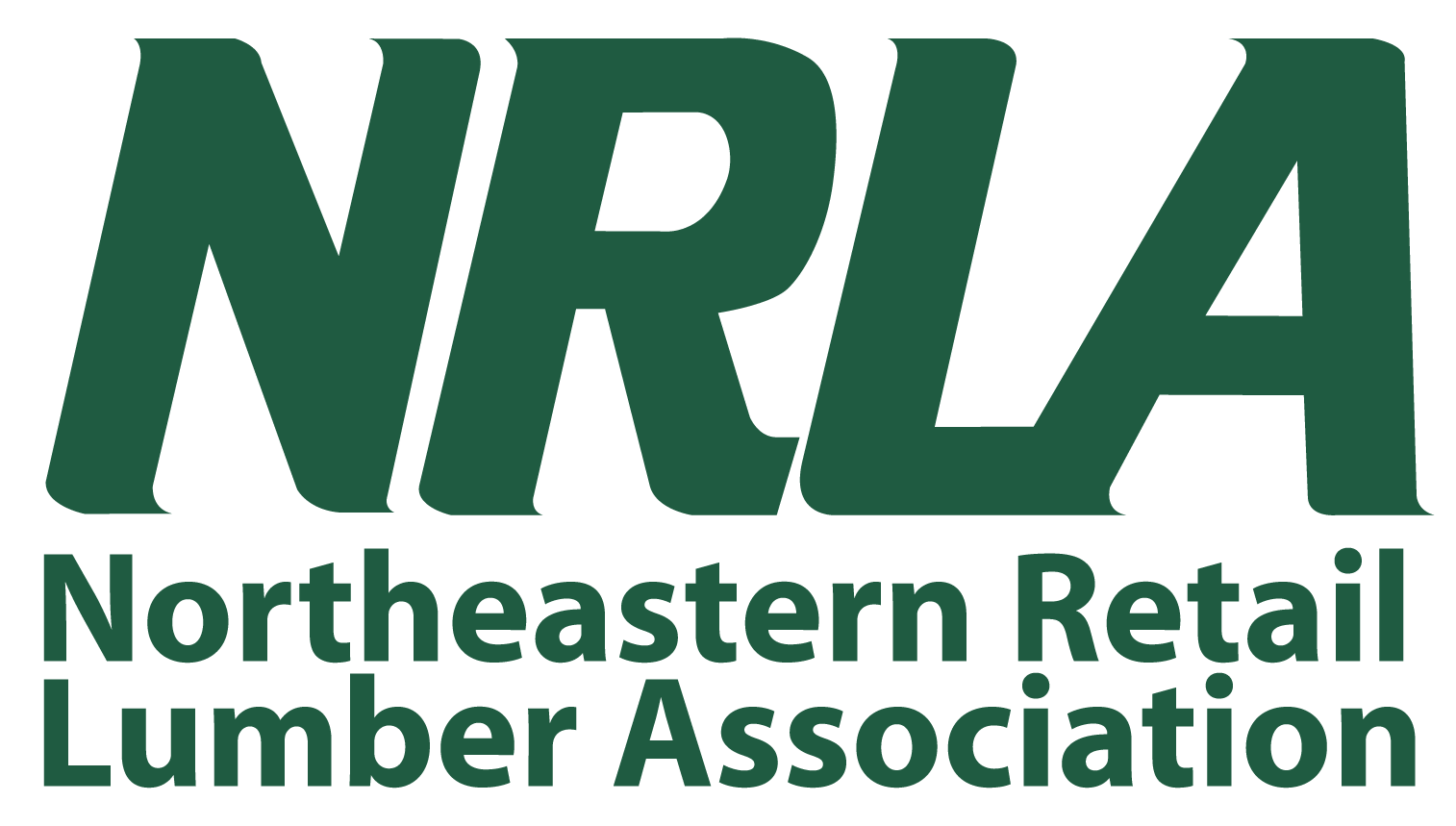Over recent years, the construction industry has evolved at a rapid pace. Projects have become much more complicated and technical. Thirty years ago, entire developments were shipped and built with very little thought into what materials would be required. Units of dimensional lumber and plywood were delivered and used as needed. There were very few choices as far as sheathing, and engineered lumber products were rarely used. Joist hangers and hurricane ties were about the only hardware needed.
Subcontractors would provide takeoffs to their builders as part of their services. Material overages were returned or used up on the next project. Shortages were shipped on “fill-in” deliveries and considered part of the cost of doing business.
Today, things are quite different. Most floor, wall, and roof systems are engineered, and the materials provided must be precise. There are now many product choices. For example, several types, thicknesses, and sizes of sheathing may be used on the same project to meet complicated energy, shear, and fire ratings. Many types of hardware are required for today’s wind and seismic-conscious codes and can be quite expensive. Energy-efficient systems are complex and require specific materials that are compatible with each other to avoid moisture and mold issues.
In addition, plans for projects typically fail to provide enough information to produce accurate material lists, even for bids, much less orders. Architects and engineers alike use their own “obscure” legends and descriptions that must be interpreted. Plans have conflicting and inaccurate details and information. Products specified are often inconsistent and incompatible with each other, and rarely do structural plans match the architectural plans they were produced from.
All these issues and many more create a situation where bids and budgets are easily underestimated, costing builders and suppliers a great deal of money. The cost of expediting “fill-in” orders and replacing products ordered in error is much more expensive today.
It’s very rare to find a subcontractor or builder that has the expertise and product knowledge to produce accurate takeoffs. Most depend on their suppliers to accurately bid on materials for their projects.
Providing material takeoffs can be the difference between bidding on a material list supplied by a competitor, requiring you to have the lowest price, or building a strong relationship with your customer. When a supplier’s takeoffs are accurate, timely, and point out all the product issues that may need to be addressed on a project, it creates relationship-building opportunities for your sales team to meet with customers post-bid for product advice and recommendations.
Takeoffs, in addition to being a strong sales tool, can reduce costs by eliminating “fill-in” orders, credits, and back charges, and usually more than pay for themselves when professionally executed.
The reality is that most builders recognize the value of accurate takeoffs in today’s market, and many are willing to pay for that service, converting takeoffs from an expense to a profit center.
Below are some options for lumberyards and suppliers to provide this service and achieve the desired results:
Salespeople. Homes and buildings are infinitely more complicated than in the past. With the plethora of product choices available (sheathings, fire-rated assemblies, engineered lumber products, insulating and vapor barrier systems, etc.), it is extremely important that an estimator be versed in not only quantity calculations but product compatibility and availability. Expecting your sales team to provide this service is not always realistic. Few salespeople have the technical expertise required, and if they do, the time spent providing takeoffs severely limits the sales-related tasks (prospecting, following up, site visits, etc.) that are required to achieve their sales goals. They may be apprehensive about targeting larger or more complicated projects that they do not feel comfortable taking off, further reducing sales.
In-house estimating staff. Lumberyards and building supply companies are proficient at purchasing, warehousing, and delivering products. Knowing how to read and interpret complicated plans to provide a competent material takeoff is usually not high on the list of skills possessed by yard managers, salespeople, or sales support staff.
Hiring an estimator with the proper experience and qualifications will require a reasonable base salary, benefits, vacation and sick time, and accounting expenses. You will also need to invest in computers and a software system, as well as training (assuming there is someone at your company already knowledgeable enough to provide that training). The days of investing in a large-format printer and using digitizers and scales to manually do takeoffs are over. Many times, the cost of just printing larger projects could be more than the entire takeoff. The extra time spent by the estimators trying to do a takeoff the old-fashioned way would be cost prohibitive, increase lead times, and substantially raise the cost per project.
Add all that up and divide by the number of takeoffs each estimator will be able to produce in a year to determine how many estimators you need and your cost per project.
Outsourcing. In many cases, it may be less expensive and more efficient to outsource this task. When considering a takeoff service provider, it’s important to verify some information.
How long have they been in business?
A service provider should be able to show years of pertinent experience as well as satisfied references that can be contacted.
How are the takeoffs formatted?
The takeoffs should be formatted specifically for lumber/building material suppliers. The information a contractor needs to bid on a project is not detailed enough. The takeoffs should be easily entered directly into your POS system and should be broken down by loads that can be pulled and delivered. Overall, LF/SF quantities are useless for a supplier.
Who are the estimators? Who is the contact person?
Project takeoffs almost always need to have notes and comments to be reviewed and verified by the customer. When questions arise, there needs to be a contact person to competently discuss the specific project in question and provide intelligent answers in a timely fashion.
How much will a takeoff cost? This can be a complicated question. A takeoff for a slab-on-grade 1,500-square-foot rancher should not be the same price as a 5,000+-square-foot multi-story home. If takeoff pricing is too complicated to understand (subscriptions that don’t clearly call out what a takeoff unit is, how it will be charged and tracked, and when the subscription is used up, for example), then make sure it is clearly explained. You should be able to get a cost for any given project.
Beware of low pricing. Saving $200 on a large project takeoff is useless if the takeoff is not accurate, and the bid is blown, or you must do expensive rework. You will likely lose that much profit on the first fill-in order you ship or experience billing disputes, credits, returns, and other issues.
Takeoffs should be viewed not as a necessary evil but as a valuable tool that will help your bottom line by increasing sales and making your entire company more profitable through increased margins, decreased delivery costs, and more accurate sales and cost projections.
Want to read the full March 2024 issue? Click here.
Subscribe to receive the digital LC.
Dave Smith is the founder and president of Delavue Management and Consulting Services. The firm has been in business since 2007 and provides material takeoffs and consulting services for lumberyards and building material suppliers nationwide. He can be reached at 856-362-7992 or dave@delavuellc.com.







